The cold, dry winter air can damage your skin. If you have naturally dry skin, it can become even drier and start to flake and crack.

Nobody wants skin that looks like the Sahara desert or a snake about to shed its skin! And luckily, by just making some tiny modifications to your skin care regimen, you can beat winter skin.
Continue reading for some advice to regain your glow this holiday season.
#1 Cleanse and Moisturize Regularly
Soothing and cleansing are skincare tips you should apply year-round, but especially in the winter. If you have dry skin, you don’t want anything that will break down your oils.
Replace foaming cleansers with a moisturizing, creamy cleanser such as CeraVe Hydrating Facial Cleanser. This will wash away the dirt and impurities without breaking your skin barrier. Slather it on wet skin and rub it in circular movements. Rinse with lukewarm water.
After you’ve cleansed, put on your moisturizer while your skin is still wet. This helps seal in moisture. A heavy, fragrance-free moisturizer such as CeraVe Moisturizing Cream works best for chapped skin. It contains moisturizing ceramides to reinforce your skin’s protective film. Massage it into your face and neck till absorbed.
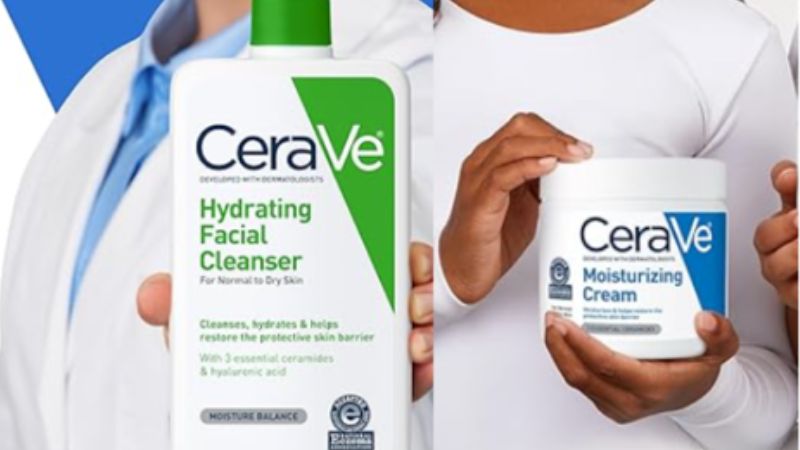
Following this simple two-step regimen will take you less than two minutes each morning and night, and your skin will look amazing from that point forward. Just be patient and consistent!
#2 Exfoliate (Gently!)
You might be tempted to scrub all those dry, flaky patches hard, but that is more harmful than beneficial. When your water barrier is damaged, your skin is hypersensitive. Scrubbing it too much makes it red, sting, and irritate.
Instead, use a gentle chemical exfoliant 1-2 times per week. The Ordinary Lactic Acid 5% + HA is a great option. It contains lactic acid which breaks down the “glue” in dead skin cells and makes them fall off by themselves. This gives you more radiant skin below.

You can then apply a small amount of the lactic acid serum to your face, avoiding the eye region. Allow it to sit for a few minutes, then pat on your moisturizer. Begin slow (1-2x a week) and increase frequency as your skin responds. You can also leave your skin exfoliated so it absorbs moisture better!
#3 Slather on Face Oils
Face oils are all the rage, and with good reason. Oil hydrates and wicks moisture away from dry skin, keeping it soft and smooth.
Include a skin-balancing face oil such as The Ordinary 100% Organic Cold-Pressed Rose Hip Seed Oil in your regimen. A small amount of drops mixed in with your moisturizer or put on afterwards is a big help!
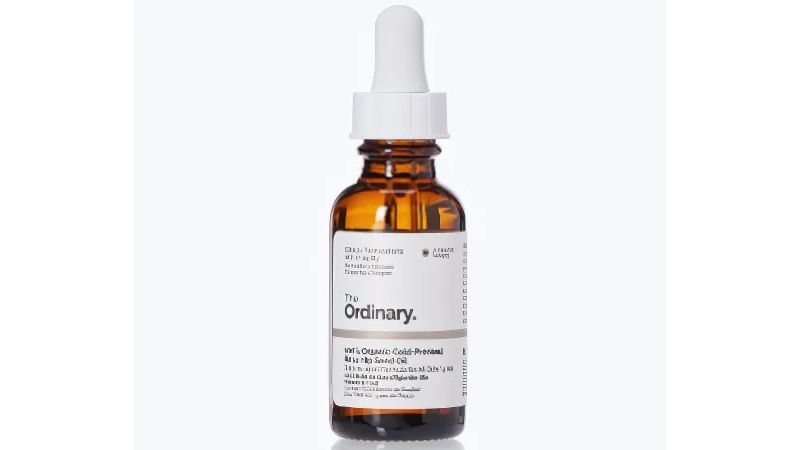
Rosehip oil has vitamin C and essential fatty acids to moisturize the skin and soothe redness and irritation.
Marula, argan, jojoba and squalane oils are other great face oils. Test one and see which one your skin responds to best. – A couple of drops a day or two, twice a week for massive moisture. Tip: Apply oil after you shower, but your skin is still wet so it absorbs as well.
#4 Mask Up
Masks are a quick and easy solution for giving your skin an extra slug of moisture several times a week. In a hydrating mask, look for hyaluronic acid, glycerin, ceramides, aloe vera, and oils. Do not use masks with clay, charcoal, or exfoliants, as these are drying.
Try the Glow Recipe Avocado Melt Retinol Sleeping Mask. This overnight mask hydrates dry skin ultra-well. Avocado, capsulated retinol, hyaluronic acid, and betaine moisturize and softly exfoliate overnight. Its buttery texture will make your skin drink it all up as you sleep!
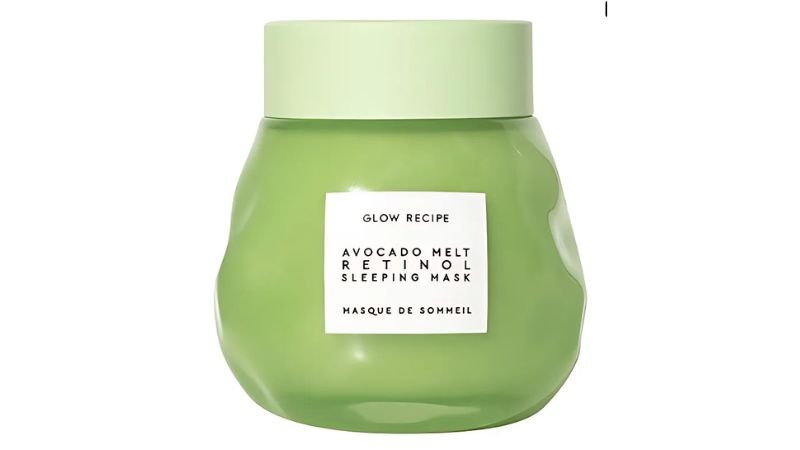
Another option is to use a sheet mask such as SK-II Facial Treatment Mask, which takes 15-20 minutes for an instant boost. They are pretreated with SK-II’s Pitera essence, enriched with vitamins, amino acids, minerals, and organic acids to pamper skin. You’ll come out glowing, fresh-faced.
#5 Use a Humidifier
It’s drying and cold inside; dry skin can worsen it. Up the humidity in your house so you don’t
get your skin wet.
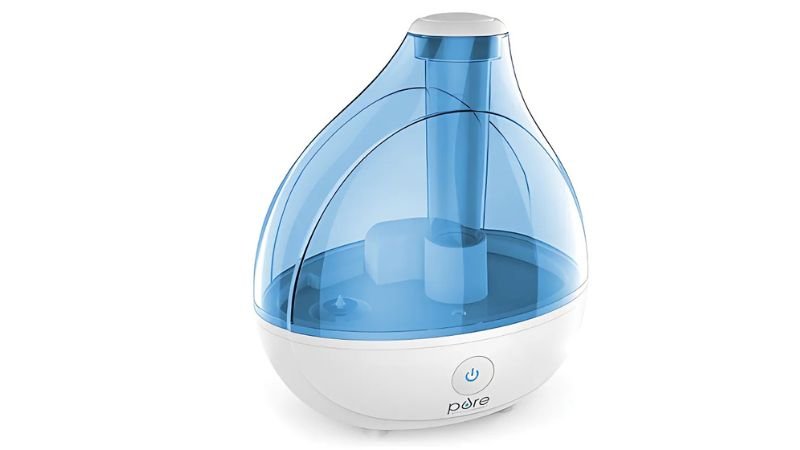
Take the time to buy a humidifier, such as the Pure Enrichment MistAire Ultrasonic Cool Mist Humidifier. It releases ultra-fine mist into the air via ultrasonic waves to moisturize and moisturize chapped skin. Keep the humidity around 40-50%. Your skin will thank you!
Also, remember to moisturize right after you take a shower. You get the post-shower moisture to lock in moisture first. Serums, oils, and creams: Apply them when your skin is still dry.
#6 Stay Hydrated
Chug that water! There are inside-out benefits to drinking a good amount of water for well-hydrated skin. When you have dehydrated skin, your body wants to store the water rather than spit it out, which can exacerbate dehydration.
Drink at least 64 oz (8 cups) of water every day. Add fruits and herbs to your water for color, too. Your skin (and body) needs water, so get a glass!
#7 Protect with SPF
Even the UV rays can burn your skin during the winter. You must put on SPF daily, even if it’s foggy and chilly outside. In fact, you get more exposure from snow!
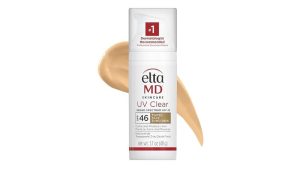
When choosing a winter sunscreen for your face, try to find one with minerals such as zinc oxide and/or titanium dioxide. These cling to the skin and literally block out the sun. An excellent mineral sunscreen for the face and body is EltaMD UV Elements Broad-Spectrum SPF 44. It’s a water-resistant and moisturizing hyaluronic acid.
Do not use more than 2 pumps 15 minutes before you plan to go out in the sun, and apply again every 2 hours if you plan on being outdoors a lot. This will keep the sun out and prevent moisture loss.
#8 Choose Gentle, Hydrating Products
If your skin is not well-watered, it is less resistant to irritation. Beware of products heavy on perfume, dyes, alcohols, or acids, as they are harsh. Look for moisturizing, non-abrasive types.
Some anti-inflammatory substances to look for are ceramides, hyaluronic acid, aloe vera, colloidal oatmeal, centella asiatica, jojoba oil, shea butter, and squalane. Do not apply any actives such as retinol or vitamin C until you have rebuilt your skin’s barrier.
Remember, too, that steamy showers and rashes are drying. Choose shorter, lukewarm showers and chemical or very gentle physical exfoliants (such as a konjac sponge). Massage your skin until it resurgence!
#9 Eat Hydrating Foods
What you ingest also goes into your skin. Eat a lot of foods that hydrate from the inside out. Feed your family fresh vegetables and fruits like cucumber, watermelon, strawberries, lettuce, spinach, and cabbage. Their high water content gets digested and shows on your body.
Healthy fat foods are the same in terms of dry skin. Nuts, seeds, avocado, olive oil, and salmon contain fatty acids that support your skin barrier. So does your digestive tract, so snack on yogurt, kefir, miso, and sauerkraut that have probiotics in them.
A balanced diet with plenty of anti-inflammatory whole foods will nourish your skin and make you shine!
#10 Limit Hot Showers
You can stand under a jet of hot water all day for days on end in winter. The only catch is that the steam dehydrates your skin and undermines its natural moisture barrier.
Limit your showers to 5-10 minutes, and use lukewarm water. Your skin will thank you! Also, try not to rough up. Use a fluffy washcloth and gentle hydrating cleansers. When you have a shower, towel dry and moisturize within 3 minutes while your skin is wet. This helps trap moisture.
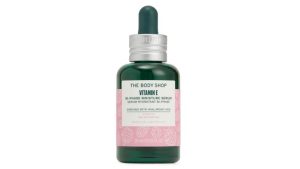
Afterward, use a hydrating body oil or lotion, such as The Body Shop Vitamin E Hydrating Body Oil. The antioxidant vitamin E heals skin, and the light oil binds moisture to last. Use it immediately after showering or sprinkle it on top of regular body lotion. Your body skin will not be extra dry if you gently pamper it.
#11 Hydrate Hands and Feet
Cracked, dry hands and feet are the most common winter affliction. The skin of your hands and feet is thinner, with fewer oil glands, and as such, it is prone to dryness. Once cracks form, everyday activities such as washing hands or walking hurt.
Give your hands and feet a little extra care this season. Wash hands and put on a rich, fragrance-free lotion, such as O’Keeffe’s Working Hands Hand Cream, before going to bed. The condensed formulation forms a barrier on the skin to retain moisture. Wear gloves for wet tasks.
For the feet, use Aquaphor Healing Ointment before bed and put on cotton socks. This ultra-hydrating petrolatum formula soothes extremely dry, flaky skin. Also, scrub with a pumice stone 1-5 times a week to remove the callus and give you smoother skin. Don’t forget the SPF too!
#12 Watch the Thermostat
Turn up the heat, and your skin will get rough. Leave the thermostat on a comfortable temperature (68-70°F). A humidifier can help, too, because it brings moisture back into the air. If possible, try to get to 40-50% humidity.
Remember also that your skin dries up more quickly in rooms with fireplaces, heaters, or heat. Don’t sit next to these! Cool your bedroom at night, too, as sleeping in a hot room dehydrates the skin.
Still Not Sure? Visit an Esthetician
Don’t neglect professional help if your dry skin problems persist despite your best home treatments. An esthetician can examine your skin thoroughly and provide specific treatments to rehydrate it.
Some helpful esthetician services include:
- Customized facials using products tailored to your skin’s needs
- Dermaplaning to gently remove dead skin and peach fuzz to allow products to better absorb
- Hydrating chemical peels to help your skin better retain moisture
- Microdermabrasion polishes away dry skin and stimulates collagen
- LED light therapy to reduce inflammation
- Ultrasound and oxygen treatments to infuse skin with hydrating serums
When over-the-counter products can’t make your skin healthy and beautiful again, an esthetician can help! Treating yourself to your skin is the highest form of self-love.